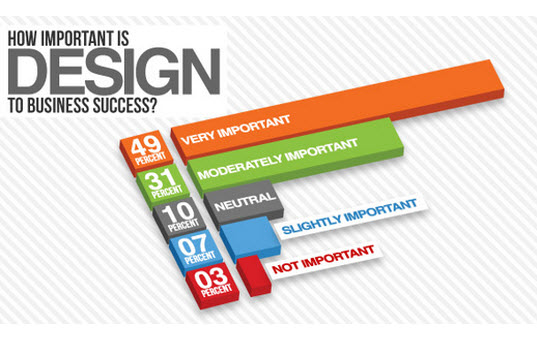Intrigued In Finding Out How Internet Site Design Has Altered Throughout The Years? Discover The Progression From Fundamental, Straightforward Styles To User-Centered Approaches That Focus On The Demands And Choices Of On The Internet Visitors
Intrigued In Finding Out How Internet Site Design Has Altered Throughout The Years? Discover The Progression From Fundamental, Straightforward Styles To User-Centered Approaches That Focus On The Demands And Choices Of On The Internet Visitors
Blog Article
Writer-Abel Vangsgaard
In the past, web sites were straightforward and focused on info. Navigation was direct, and design was for desktop computers. Currently, user experience is essential. Information guides styles for easy navigation. Responsive designs fit various gadgets. discover this info here , dark mode lowers pressure, and minimalist menus enhance navigating. Interactive features involve individuals, and strong visuals stand out. AI assimilation enhances interaction. See how layout has actually progressed to boost your on-line trip.
Early Days of Web Design
In the very early days of website design, simpleness reigned supreme. Websites were standard, with limited shades, font styles, and designs. The emphasis was on providing details rather than showy visuals. Customers accessed the net through slow dial-up connections, so speed and capability were key.
Navigation menus were straightforward, generally situated at the top or side of the page. Sites were created for desktop computers, as mobile browsing wasn't yet prevalent. Web content was king, and developers prioritized simple readability over complicated design aspects.
HTML was the key coding language used, and developers had to work within its constraints. Animations and interactive features were minimal contrasted to today's criteria. Internet sites were static, with little vibrant material or personalized user experiences.
Surge of User-Focused Design
With the development of web site design, a shift towards user-focused design principles has ended up being significantly noticeable. Today, producing sites that prioritize individual experience is important for involving site visitors and attaining organization goals. User-focused layout entails recognizing the requirements, choices, and habits of your target market to customize the web site's layout, material, and features as necessary.
Designers now conduct detailed study, such as customer surveys and functionality testing, to collect understandings and feedback directly from customers. This data-driven strategy aids in producing instinctive navigation, clear calls-to-action, and aesthetically attractive interfaces that resonate with site visitors. By positioning the individual at the facility of the style process, websites can supply an extra customized and pleasurable experience.
Receptive style has actually additionally emerged as a key facet of user-focused style, making certain that websites are optimized for numerous tools and display dimensions. This adaptability boosts ease of access and use, satisfying the diverse methods individuals connect with internet sites today. Basically, the increase of user-focused design symbolizes a shift in the direction of creating electronic experiences that focus on the demands and assumptions of the end user.
Modern Trends in Website Design
Discover the current fads shaping web design today. One prominent fad is dark setting style, providing a sleek and modern appearance while lowering eye pressure in low-light settings. An additional vital fad is minimal navigation, simplifying food selections and improving customer experience by focusing on essential elements. Including https://www.fool.com/the-ascent/small-business/articles/marketing-strategies/ -interactions, such as animated buttons or scrolling impacts, can create a much more appealing and interactive site. Receptive style remains vital, making sure smooth user experiences throughout numerous devices. In addition, making use of bold typography and asymmetrical layouts can include visual rate of interest and draw attention to specific material.
Integrating AI modern technology, like chatbots for consumer assistance or personalized referrals, enhances individual involvement and enhances procedures. Availability has likewise become a substantial pattern, with developers focusing on comprehensive style techniques to accommodate diverse individual requirements. Embracing sustainability by maximizing internet site performance for rate and effectiveness is an additional arising pattern in web design. Working together with individual comments and information analytics to repeat and enhance layout constantly is crucial for staying appropriate in the ever-evolving electronic landscape. By accepting these modern trends, you can develop a visually enticing, user-friendly site that reverberates with your audience.
Conclusion
As you review the evolution of site layout from the early days to currently, you can see just how user-focused design has actually become the driving pressure behind contemporary patterns.
Accept the trip of change and adjustment in web design, constantly keeping the individual experience at the leading edge.
Remain present with the most up to date trends and innovations, and never quit progressing your technique to create aesthetically spectacular and user-friendly websites.
Advance, adjust, and create - the future of web design remains in your hands.
